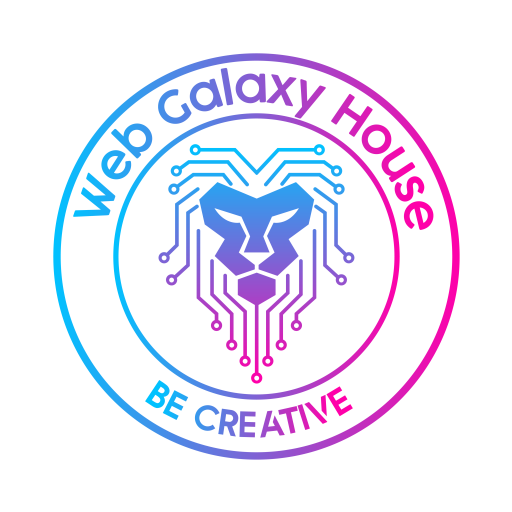We are dedicated to bringing your digital dreams to life. We are a dynamic and forward-thinking tech company, specializing in a wide range of services to propel your business into the digital age. With a talented team of professionals, we offer top-notch services in web development, graphic design, digital marketing, and more.
Why Choose Next JS over React: A Clear Guide
Choosing the right framework for your project can feel like navigating a maze. Especially when it's between Next JS and React.
You’re not alone in this. I’ve been there, feeling stuck and uncertain. But there’s a reason why some developers lean towards Next.js. In this guide, I’ll share insights and practical reasons why using Next.js over React could be a game-changer for your projects.
In the realm of modern web development, React has established itself as a dominant force, enabling developers to build dynamic and interactive user interfaces efficiently. However, as projects become more complex and requirements evolve, developers often seek additional tools and frameworks to enhance their workflow and improve performance.
Enter Next.js, a powerful framework built on top of React that offers a plethora of features and benefits. In this comprehensive guide, we’ll delve deep into why you might choose Next.js over React and explore how it can elevate your development experience.

Understanding React:
- React applications are typically built using JSX (JavaScript XML), which allows for the mixing of HTML and JavaScript syntax.
- React follows a unidirectional data flow model, making it easy to manage state and props within components.
Introduction to Next.js:
- Next.js is a framework for building React applications, developed by Vercel (formerly Zeit).
- It provides a suite of features that enhance the development experience and improve performance.
- Next.js supports server-side rendering (SSR), static site generation (SSG), and client-side rendering (CSR), offering flexibility in rendering strategies.
- It comes with built-in routing, automatic code splitting, and CSS module support, among other features.

The Simplicity of Server-Side Rendering:
- React primarily focuses on client-side rendering, which can sometimes lead to slower initial load times and impact SEO performance.
- With Next.js, server-side rendering is the default setup, allowing for faster initial page loads and improved SEO capabilities.
- Next.js comes with built-in routing, making navigation seamless and reducing the need for extra setup. Additionally, its image optimization feature automatically optimizes images for better performance.
- Next.js offers incremental static generation, allowing you to pre-render dynamic content at build time or runtime, resulting in improved performance and SEO.

Enhanced Developer Experience and Tooling:
- Next.js simplifies the developer experience with a comprehensive set of features out of the box, reducing setup time and allowing developers to focus more on building functionality.
- Next.js offers versatile deployment options, with support for serverless deployments, static site generation, and more, making it easier to deploy projects to different platforms.
- Next.js comes with built-in support for CSS and Sass, simplifying the styling of components and ensuring consistent styling across your application.
- Next.js provides a file-based routing system that simplifies client-side routing and makes it easy to organize your code.
- Next.js automatically code-splits your application, improving performance by reducing bundle size and load times.
- Next.js allows you to create API routes alongside your pages, enabling you to build backend functionality directly into your application.Enhanced Developer Experience and Tooling:
- Next.js simplifies the developer experience with a comprehensive set of features out of the box, reducing setup time and allowing developers to focus more on building functionality.
- Next.js offers versatile deployment options, with support for serverless deployments, static site generation, and more, making it easier to deploy projects to different platforms.
- Next.js comes with built-in support for CSS and Sass, simplifying the styling of components and ensuring consistent styling across your application.
- Next.js provides a file-based routing system that simplifies client-side routing and makes it easy to organize your code.
- Next.js automatically code-splits your application, improving performance by reducing bundle size and load times.
- Next.js allows you to create API routes alongside your pages, enabling you to build backend functionality directly into your application.

While React is fantastic for building user interfaces, Next.js provides additional features and capabilities that can enhance your development process and improve project performance. Consider the simplicity of server-side rendering, built-in routing, incremental static generation, enhanced developer experience, and versatile deployment options when choosing between Next.js and React. Making the switch to Next.js could be a strategic move to level up your web development projects.
Remember, the choice between Next.js and React ultimately depends on the specific requirements of your project and your development team’s preferences. Happy coding!
© Copyright By Web Galaxy House
